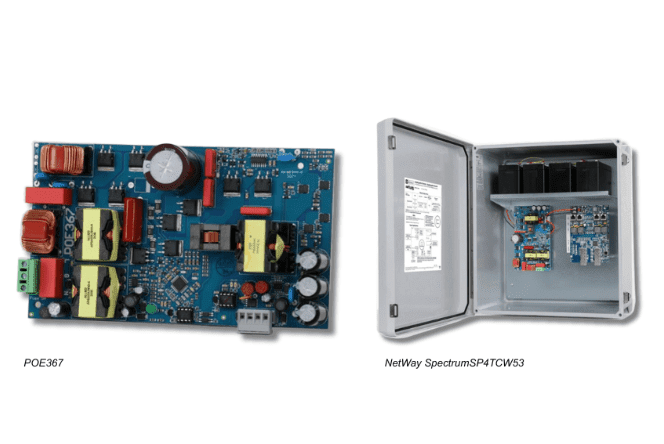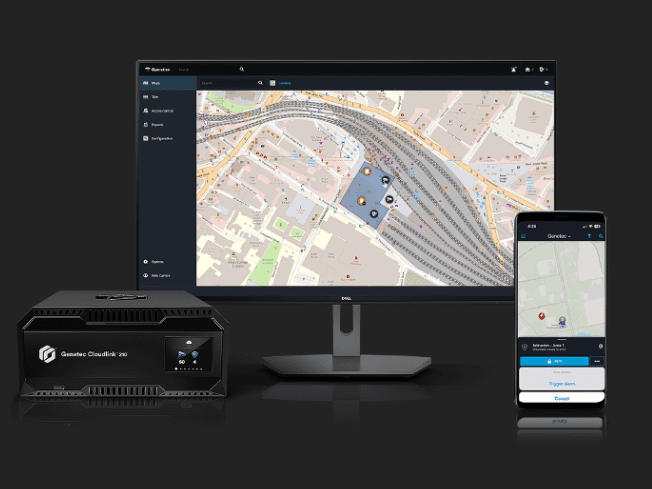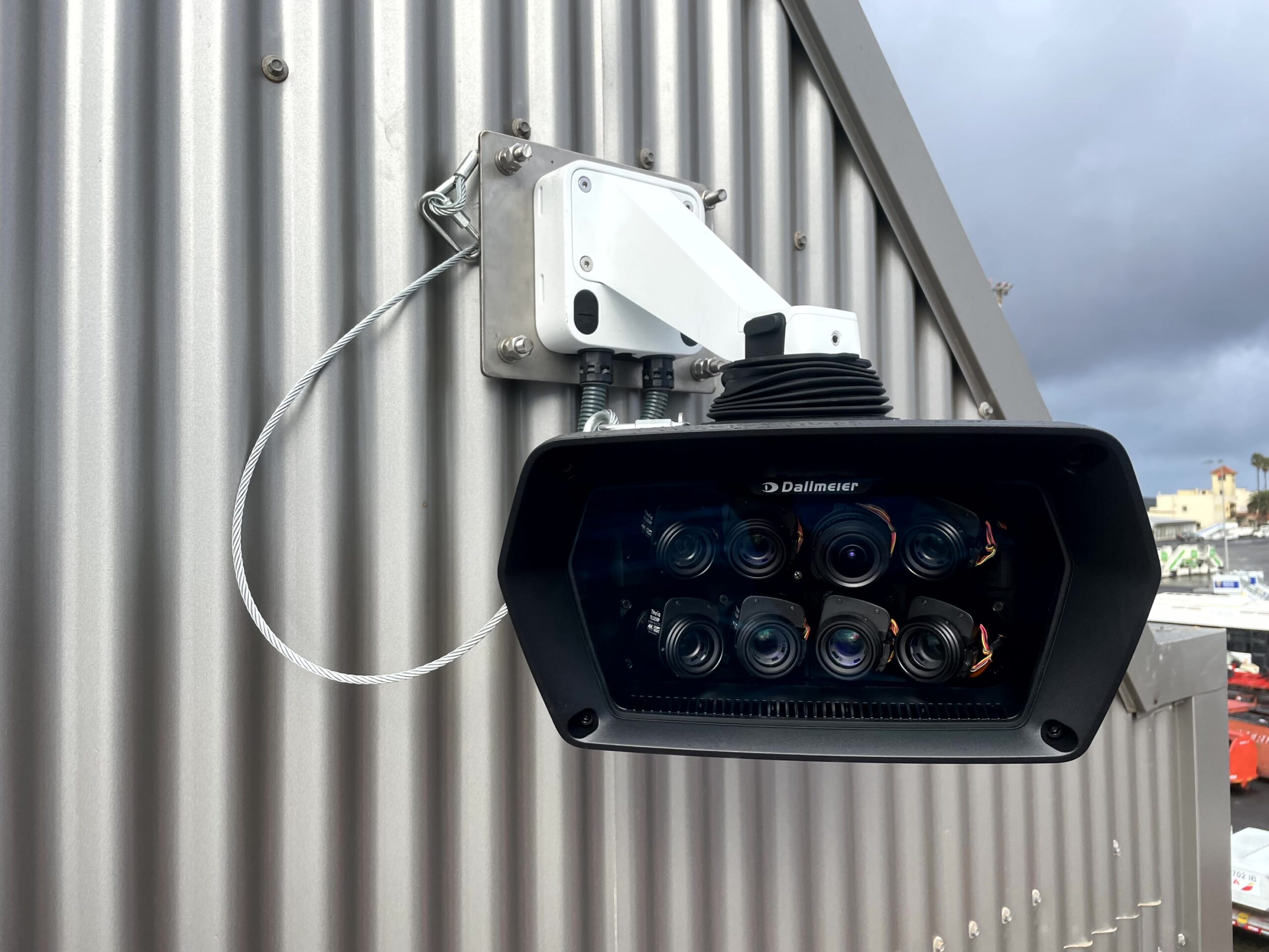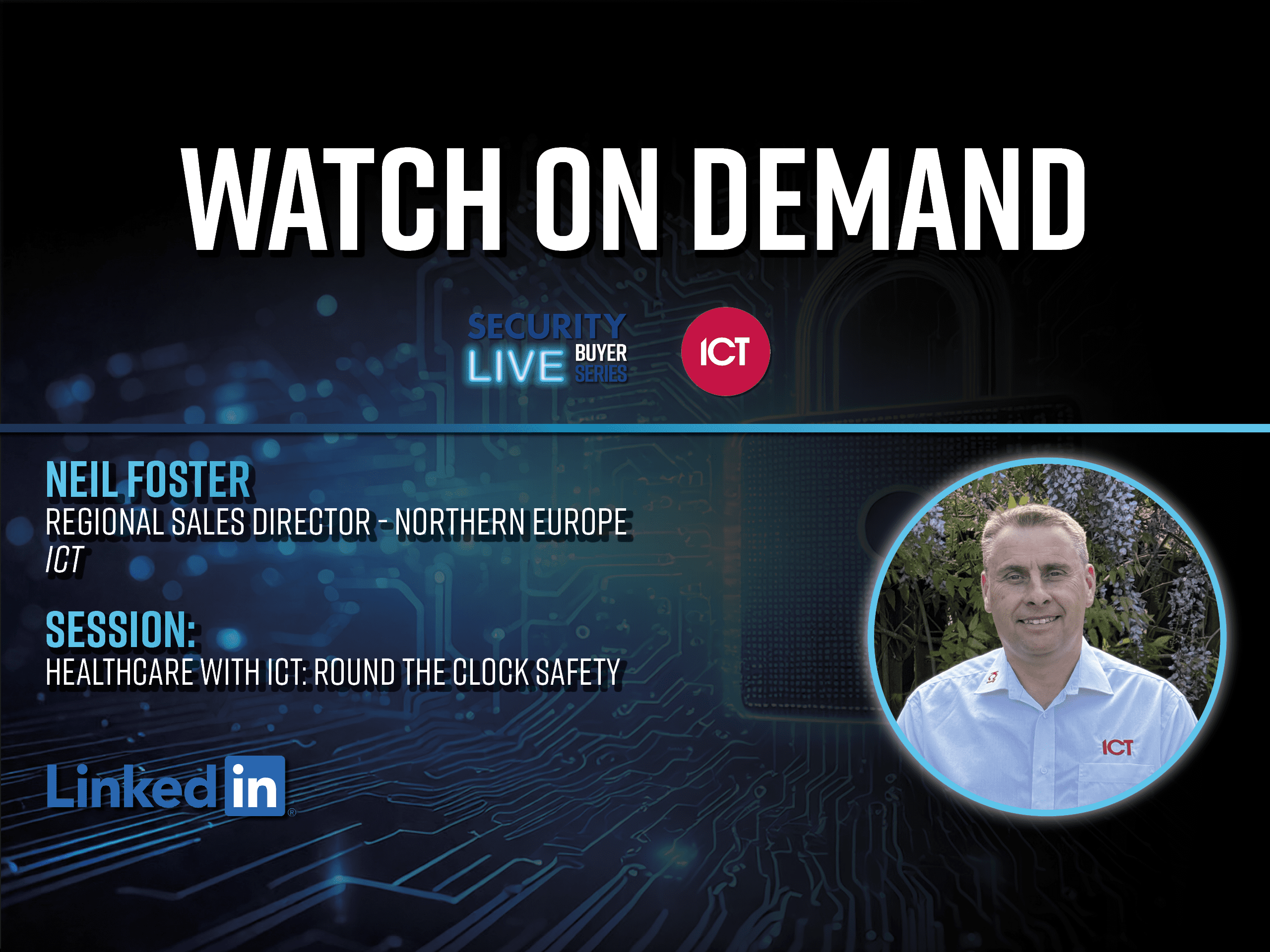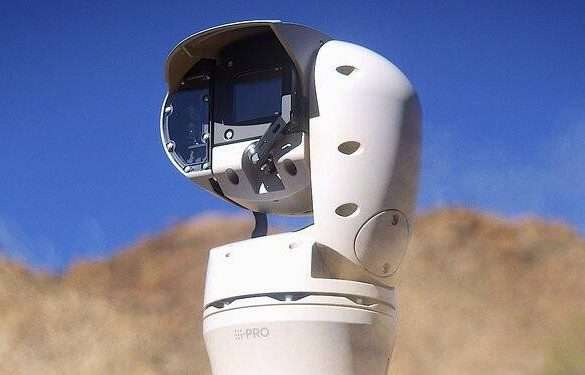Cyberattacks on healthcare demand robust data management, secure disposal practices, and collaborative cybersecurity measures to protect sensitive patient data and services, Rebecca Spayne, Managing Editor, investigates
The healthcare sector is increasingly becoming a prime target for cyberattacks, with significant incidents underscoring the urgent need for enhanced cybersecurity measures. One of the most prominent examples is the recent cyber-attack on the National Health Service (NHS) in the UK, which involved sensitive data being stolen and published on the dark web. These attacks are typically orchestrated by sophisticated cybercriminal groups, often referred to as ransomware gangs, who aim to exploit vulnerabilities within healthcare systems for financial gain or to cause widespread disruption.
In the case of the NHS attack, the perpetrators were likely motivated by the high value of the data they could exfiltrate. Patient records and personally identifiable information (PII) are gold mines for cybercriminals, as this data can be sold on the dark web for significant sums of money or used to commit fraud and identity theft. The attackers managed to access a vast amount of sensitive data, disrupting healthcare services, and putting patient safety at risk.
The impact of such cyberattacks on the public is profound and multifaceted. Firstly, there is the immediate disruption to healthcare services. The NHS attack led to the cancellation and redirection of several medical procedures, causing delays in treatment and potential deterioration in patient health. This type of disruption is not only inconvenient but can be life-threatening, particularly for emergency cases.
Moreover, the exposure of sensitive personal data has long-term consequences for affected individuals. Victims of such breaches may face financial loss, identity theft, and ongoing stress and anxiety about the misuse of their personal information. The breach also erodes public trust in healthcare institutions, which are seen as custodians of highly sensitive personal data.
In addition to the direct impacts on individuals, there are broader societal implications. Healthcare systems are part of a nation’s critical infrastructure, and their compromise can lead to a ripple effect, straining other public services and creating widespread unease. The NHS attack serves as a stark reminder of the vulnerabilities within healthcare systems and the pressing need for robust cybersecurity measures to protect both the institutions and the individuals they serve.
Cyber Attacks on Healthcare
Fredrik Forslund, Vice President and General Manager International at Blancco, highlights the frequent occurrence of ransomware attacks on healthcare organisations like the NHS due to the sensitive data they hold and their often outdated IT systems. The repercussions of such attacks are severe, leading to the cancellation of operations and the diversion of emergency patients, which can pose a genuine threat to life. Forslund notes, “The problem is according to Blancco’s ‘Data at a Distance’ report, many healthcare organisations store too much data and struggle to properly categorise, manage, and dispose of data that is no longer useful. 63% of healthcare providers state an increase in redundant, obsolete, or trivial (ROT) data.”
The retention of excessive data expands the attack surface for cybercriminals, making more information susceptible to breaches and ransomware attacks. Forslund emphasises the necessity for healthcare organisations to limit data collection and retention to only what is essential for operations. He suggests establishing clear policies and processes for the secure disposal of end-of-life data, including categorising data by sensitivity, using approved data destruction methods, and ensuring proper documentation. By optimising data management, the NHS can reduce its risk exposure and allocate more resources towards strengthening critical systems.
Addressing end-of-life data is an important yet often overlooked component of an effective healthcare cybersecurity strategy. The focus on end-of-life data management is crucial because outdated and unnecessary data can serve as a gateway for cybercriminals. These malicious actors often target ROT data, exploiting it to gain a foothold within the system and subsequently launch broader attacks. By ensuring that data no longer needed for operational purposes is securely disposed of, healthcare organisations can significantly minimise potential entry points for cyber attackers.
One of the challenges in managing end-of-life data is the sheer volume of information that healthcare organisations deal with daily. With electronic health records, patient histories, and numerous other data points being generated continuously, the task of categorising and securely deleting unnecessary data can seem daunting. However, the implementation of comprehensive data lifecycle management policies can streamline this process. This involves setting clear guidelines on how long specific types of data should be retained and the methods for its secure destruction once it is no longer required…
Read the full article for free in our latest issue here.
Never miss a story… Follow us on:
Security Buyer
@SecurityBuyer
@Secbuyer
Media Contact
Rebecca Morpeth Spayne,
Editor, Security Portfolio
Tel: +44 (0) 1622 823 922
Email: [email protected]


